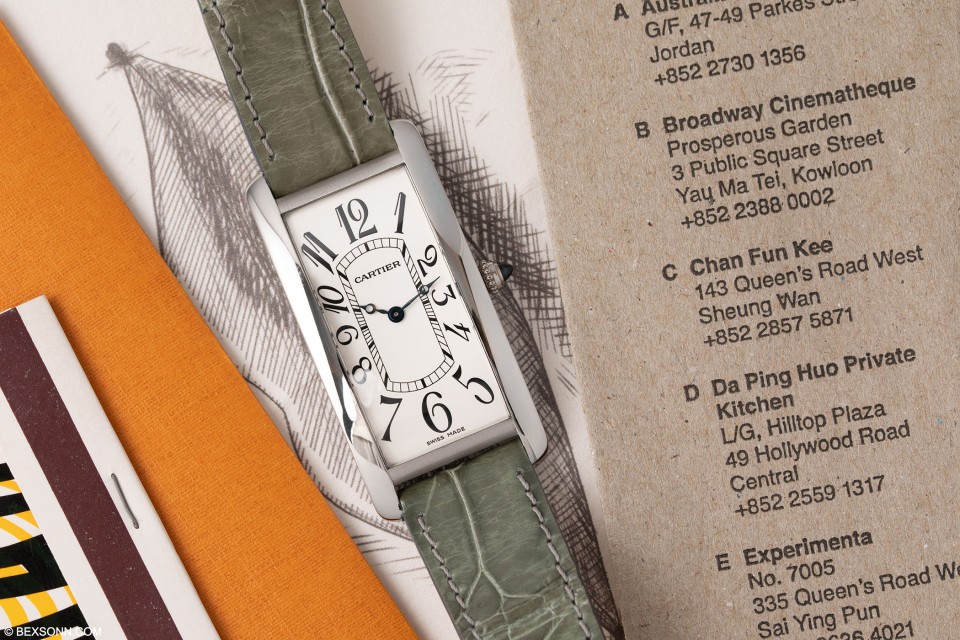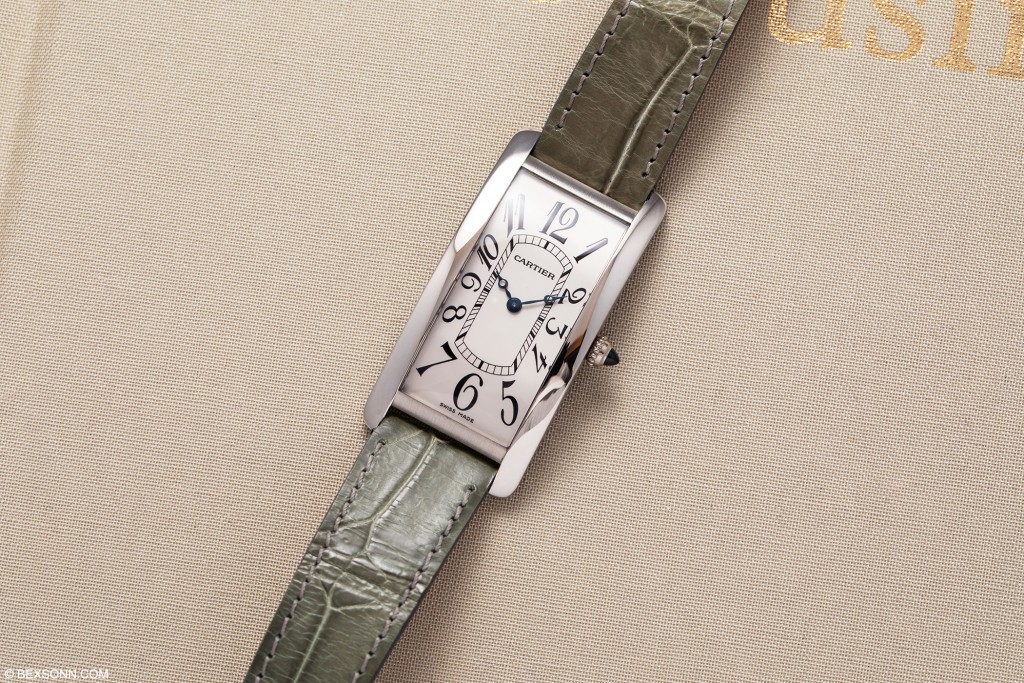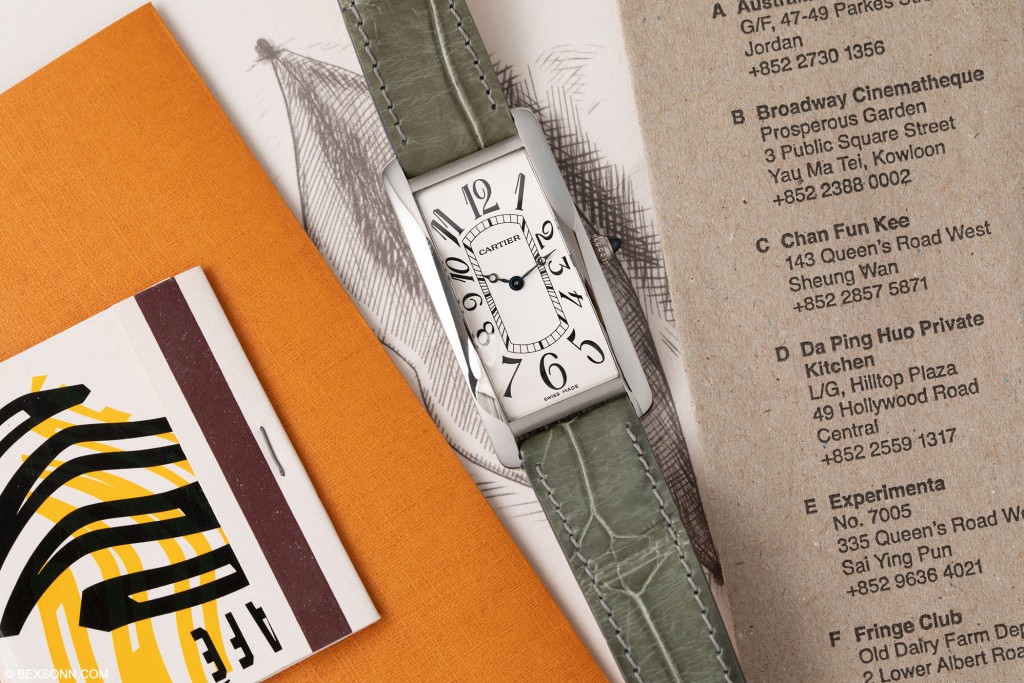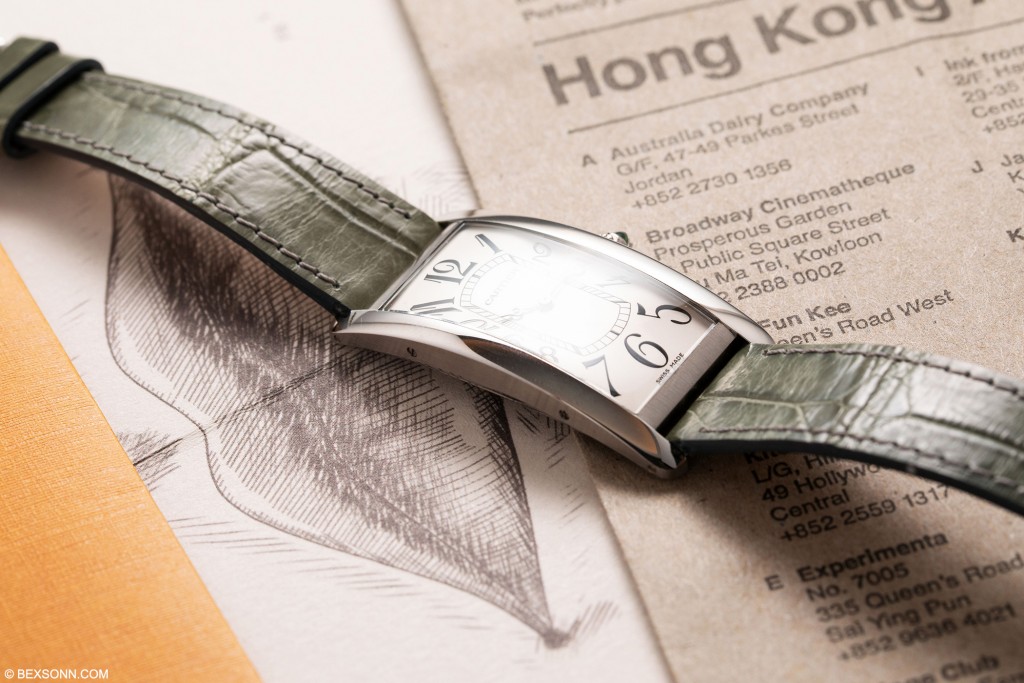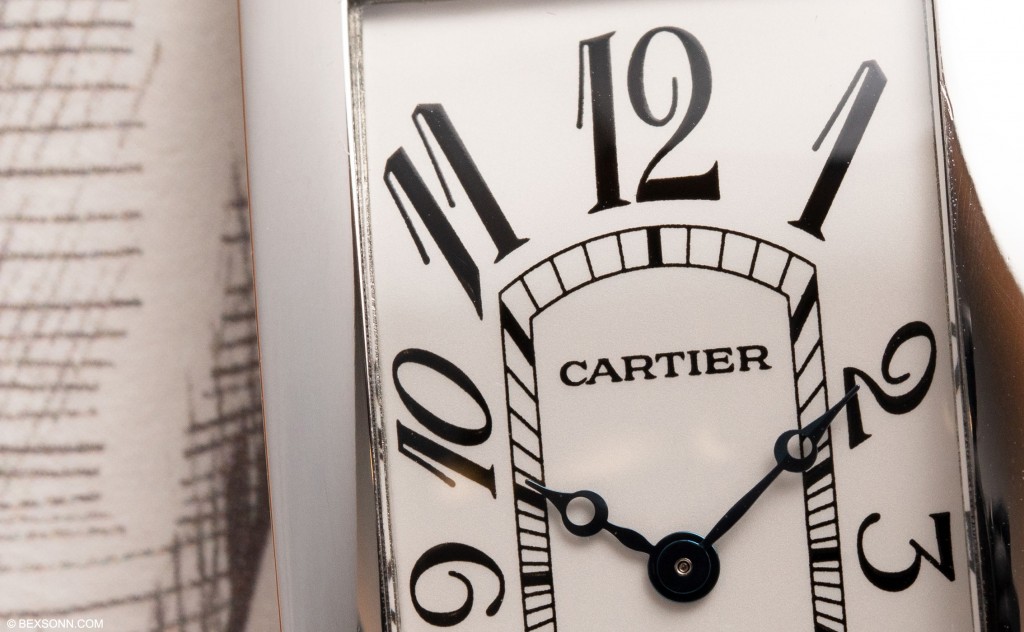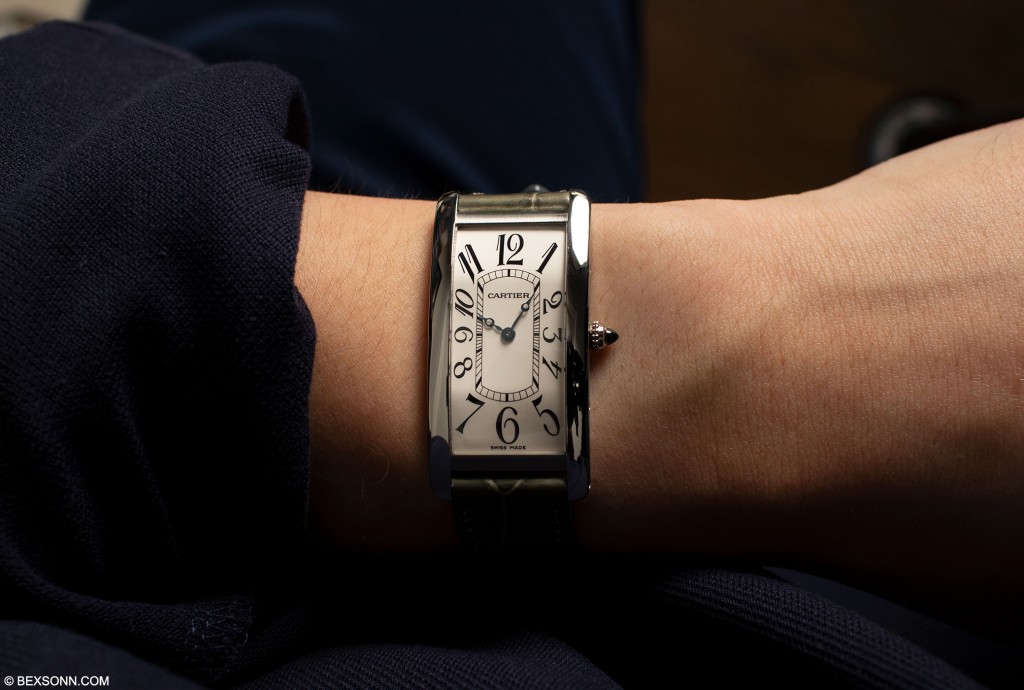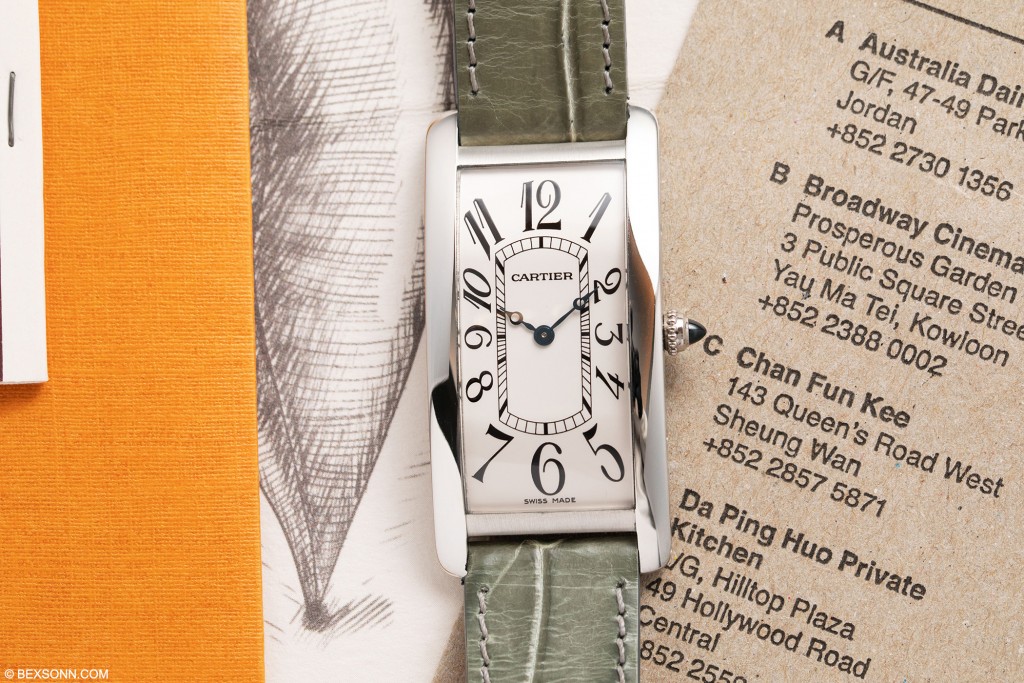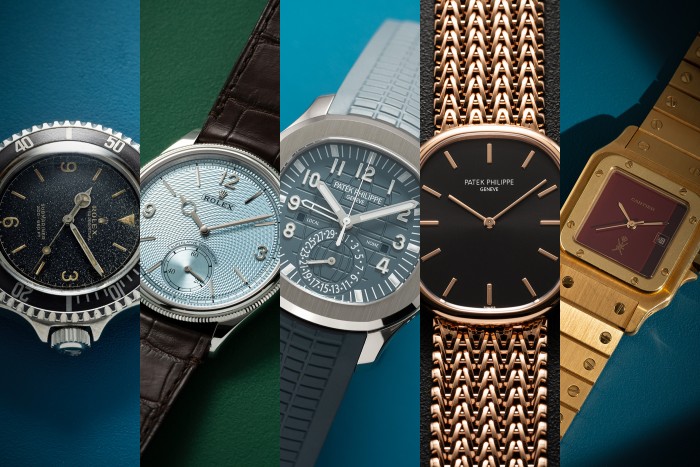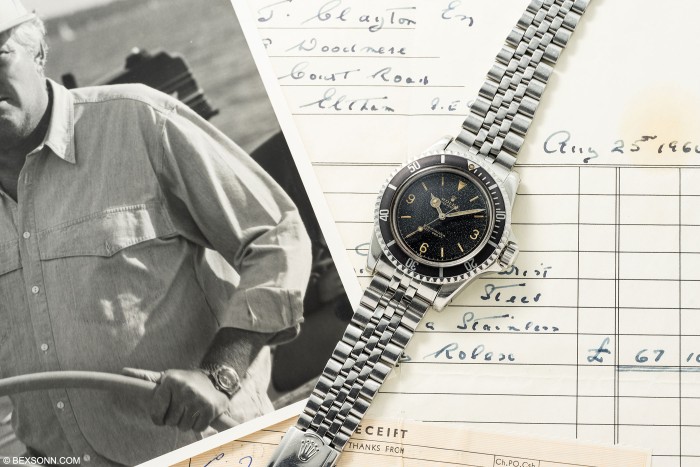Everybody who’s anybody knows, that in recent times, Cartier has been the watch world’s worst kept secret. For years, most collectors didn’t even care about the brand, considering it more of a mainstream jeweller more than a true horological name. In fact, while it is only today that Cartier is beginning to get its recognition as a true watchmaking house underpinned by unique design, they have been trying to shift the public perception of them for a long time.
Without a doubt, Cartier has been an endearing name since the start of the 20th century with iconic models such as the Tank, Santos and Crash worn and endorsed by equally iconic individuals such as Fred Astaire, Yves Saint Laurent and Princess Diana. That being said, by the late 20th and early 21st century, the name Cartier had perhaps become too big for its own good, being relegated by ‘hardcore’ collectors as non-complicated ‘fashion’ watches.
With this realisation, Cartier launched what was called the CPCP division in 1998, which stood for ‘Collection Privé Cartier Paris’. The main intention of this division was to develop and release a range of high-end mechanical men’s watches, using high quality outsourced mechanical movements together with their iconic designs. Though at the time it wasn’t a huge hit, iconic models such as the Tortue Monopoussoir, Tank Cintrée and Tank Basculante were produced using movements from Jaeger-LeCoultre, Piaget, Vianney Halter, F.P. Journe and more.
While the CPCP division quietly disappeared in 2008, what Cartier didn’t realise was that it would take until 2020 or so for collectors to really start going crazy for these pieces. It is safe to say, that with today’s demand for high quality mechanical Cartier pieces from the CPCP era and earlier, nobody can question the brand’s horological credentials.
The watch that I am showcasing today needs no introduction and I do feel that it is the perfect watch to underpin all that is great with Cartier. The Tank Cintrée turns 100 years old this year and it has been the unofficial ‘flagship’ watch of Cartier for the longest time. While many other models have had cheaper reproductions throughout its lifetime, the Cintrée has always been this ‘halo’ model for the brand, as despite turning a century old this year, it has only been released a handful of times, very carefully and selectively in very low numbers.
Not only in production numbers, but also in its design, the Tank Cintrée looks like a flagship model, with its elongated curved case and exploding surrealist-esque dial design, it is not a watch that is easily understood. While a standard Tank is very likeable and proportionate in its form, the Cintrée takes a while to appreciate. It is not until you have owned one and scrutinised its form that you really start to realise how masterful and complex this design is. From its ultra-thin 6.4mm thickness to its huge 46mm length, to the curved dial and how the watch hugs your wrist, the more you study the Cintrée, the more you appreciate it.
This particular piece here is one of the most desirable variants of the Cintrée- the platinum CPCP model. Released in 2004 in only 50 examples, it was the first serially produced Cintrée that featured exploding Arabic numerals as it was modelled after the unique piece that Fred Astaire wore in his lifetime. It has all of the hallmarks of a well-executed Cintrée, being modelled after the original full sized 9 ligne variant from the 20th century and powered by a high quality manually wound Jaeger-LeCoultre Calibre 849.
On the wrist, the Cintrée is a dream. The curvature of the case hugs your wrist snugly and there are no gaps where the strap meets the case. It slips right under a cuff and despite it being so thin, the huge, elongated form has a strong presence.
I do think that what makes Cartier so unique in an oversaturated market of high-end watches is that they have one upper hand: uniqueness in it’s design. While many brands have their ‘flagship’ design, none have come as close to the radicalness of Cartier’s output. From watches such as the Crash to the frankly ridiculously elongated Cintrée you see here today, these apparently ‘crazy’ designs have stood the test of time and are still appreciated today. Great design is the ability to use a fundamental underpinning form and for it to be malleable and transposable to many other designs. With Cartier, what started as a simple Tank has spawned many equally iconic models such as the Américaine, Cintrée, Obus, Chinoise, à Vis and many more.
What Cartier has misunderstood the whole time was that in their attempt to ‘fit in’ as a high-end watch brand, they missed the pile of gold they were sitting on the whole time. Instead of conforming to be more ‘acceptable’, it was their very difference and uniqueness that made them the huge hit they are today.
